Home>Technology>Security & Surveillance>How To Unlock Frozen Car Door Lock
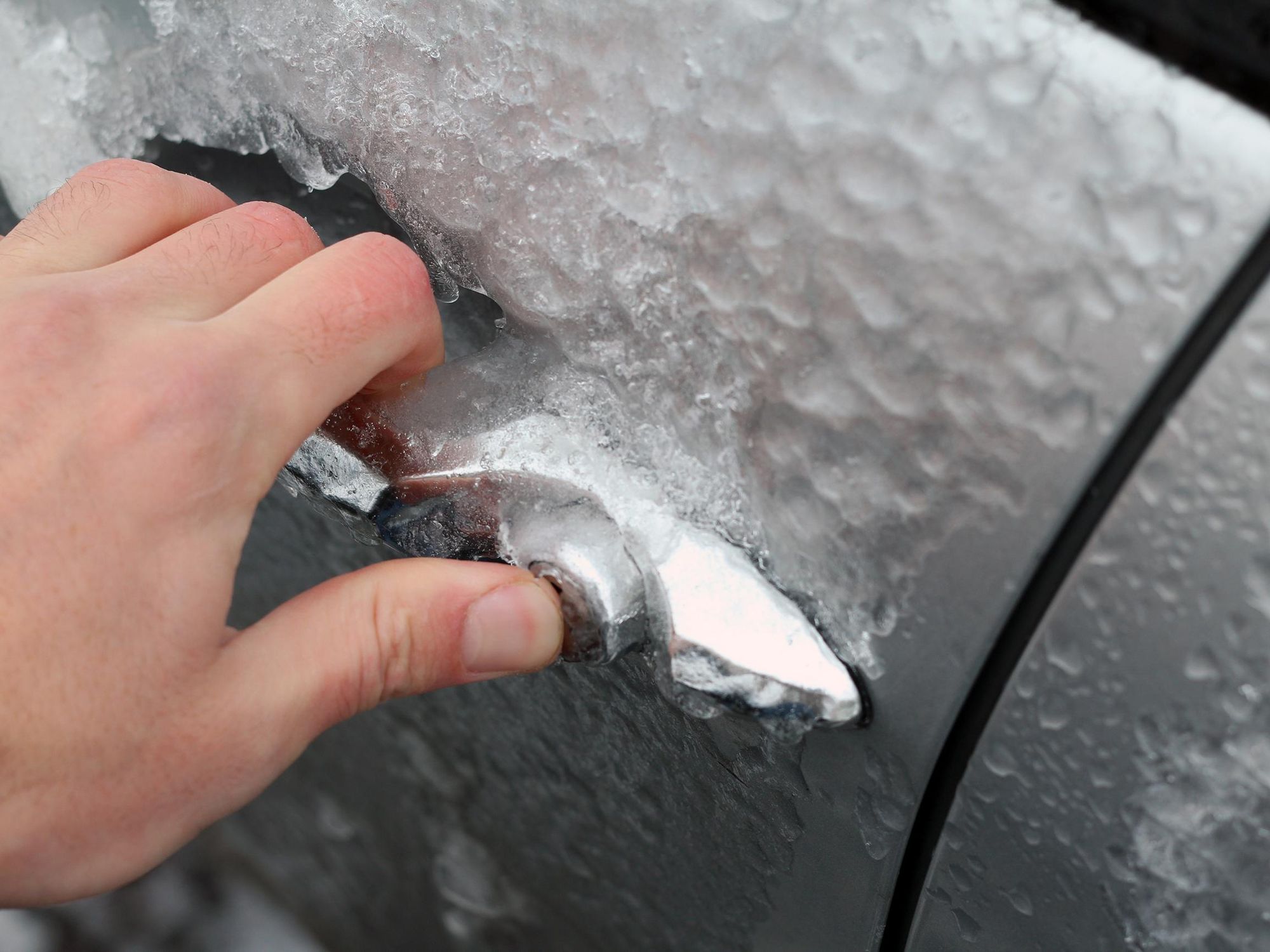

Security & Surveillance
How To Unlock Frozen Car Door Lock
Modified: February 18, 2024
Learn how to safely unlock a frozen car door lock with our expert tips. Keep your security and surveillance in check, even during the winter months. Unlock your car door hassle-free!
(Many of the links in this article redirect to a specific reviewed product. Your purchase of these products through affiliate links helps to generate commission for Storables.com, at no extra cost. Learn more)
Introduction
Unlocking a frozen car door lock can be a frustrating and daunting task, especially during the cold winter months. Whether you’re rushing to get to work or heading home after a long day, dealing with a frozen car door lock can quickly put a damper on your plans. However, with the right knowledge and techniques, you can effectively thaw out a frozen car door lock and regain access to your vehicle.
In this comprehensive guide, we’ll explore the various causes of frozen car door locks, preventative measures to avoid this issue, and a range of techniques to safely thaw out a frozen lock. Additionally, we’ll discuss alternative solutions for gaining entry to your vehicle when faced with a stubbornly frozen lock. By understanding the problem and equipping yourself with the right tools and knowledge, you can confidently tackle this common winter inconvenience.
Key Takeaways:
- Don’t let a frozen car door lock ruin your day! Prevent it by using graphite lubricant, keeping the lock clean, and having a de-icer spray on hand. Thaw it out with a warm key, heat source, or de-icer spray when needed.
- If your car door lock is frozen, stay calm and try warming the key, using a heat source, or applying de-icer spray. If all else fails, seek professional help or find a warm shelter while waiting for the lock to thaw naturally.
Read more: How To Thaw A Frozen Car Door Lock
Understanding the Problem
When temperatures drop below freezing, moisture can accumulate in and around the car door lock, leading to the formation of ice. This ice can prevent the key from turning or entering the lock cylinder, effectively locking you out of your vehicle. Additionally, freezing temperatures can cause the metal components of the lock to contract, exacerbating the issue.
It’s important to note that modern car door locks are typically equipped with built-in safeguards to prevent ice buildup, such as rubber gaskets and seals. However, extreme weather conditions or aging components can compromise these protective measures, leaving your car door lock vulnerable to freezing.
Understanding the underlying causes of frozen car door locks is essential for implementing effective solutions. By recognizing the environmental and mechanical factors at play, you can take proactive steps to minimize the risk of encountering this inconvenience.
Preventative Measures
While dealing with a frozen car door lock can be a hassle, taking proactive measures can significantly reduce the likelihood of encountering this issue. Here are some practical steps you can take to prevent your car door lock from freezing:
- Use a Graphite Lubricant: Applying a small amount of graphite lubricant to the car door lock can help reduce friction and prevent moisture from accumulating. Graphite is an excellent dry lubricant that can withstand extreme temperatures, making it an ideal choice for safeguarding your lock against freezing.
- Keep the Lock Clean: Regularly cleaning the car door lock with a gentle, moisture-displacing cleaner can help remove debris and moisture that could contribute to freezing. Be sure to dry the lock thoroughly after cleaning to prevent lingering moisture.
- Utilize a De-Icer Spray: Investing in a quality de-icer spray can be a lifesaver during cold spells. These sprays are specifically formulated to quickly dissolve ice and frost, allowing you to regain access to your vehicle without causing damage to the lock or key.
- Use a Silicone-Based Sealant: Applying a silicone-based sealant to the rubber gaskets and seals around the car door lock can help fortify these components against moisture and freezing. Be sure to choose a sealant that is compatible with automotive materials and can withstand temperature fluctuations.
- Keep Your Key Clean and Dry: Moisture and debris on your key can transfer to the lock, potentially contributing to freezing. Keep your key clean and dry, and consider using a silicone key cover to provide an additional layer of protection.
By incorporating these preventative measures into your routine maintenance and winter preparedness, you can minimize the risk of encountering a frozen car door lock and ensure hassle-free access to your vehicle, even in the coldest of conditions.
If your car door lock is frozen, try using a de-icer spray or rubbing alcohol to melt the ice. You can also use a hairdryer or warm water to thaw the lock. Be gentle to avoid damaging the lock.
Thawing Techniques
When faced with a frozen car door lock, employing the right thawing techniques can help you safely and effectively regain access to your vehicle. Here are several methods to consider:
- Warm Key: One of the simplest and often effective methods is to gently heat your car key using a lighter or match. Be cautious not to overheat the key, as excessive heat can damage the key’s internal components. Once heated, carefully insert the key into the lock and gently maneuver it to help thaw the ice.
- Heat Source: Using a portable heat source, such as a hairdryer or heat gun on a low setting, can help thaw the frozen lock. Hold the heat source several inches away from the lock and move it continuously to prevent overheating. Exercise caution to avoid damage to the surrounding paint or plastic components.
- De-Icer Spray: If you have a de-icer spray on hand, apply it directly to the frozen lock according to the manufacturer’s instructions. The spray’s specialized formula can quickly dissolve the ice, allowing you to insert the key and unlock the door.
- Hot Water Soak: While this method requires caution, carefully pouring lukewarm water over the lock can help thaw the ice. It’s crucial to use water that is not too hot to avoid sudden temperature changes that could damage the lock or surrounding components. After thawing, quickly dry the lock to prevent refreezing.
- Alcohol Solution: Applying a small amount of alcohol, such as rubbing alcohol or hand sanitizer, to the key and inserting it into the lock can help lower the freezing point of the ice, facilitating thawing. However, it’s essential to use alcohol sparingly to avoid potential damage to the lock’s internal mechanisms.
When utilizing these thawing techniques, prioritize safety and caution to avoid causing damage to the lock, key, or surrounding areas of the vehicle. By carefully assessing the situation and selecting the most suitable method, you can effectively address a frozen car door lock and restore access to your car.
Alternative Solutions
In the event that traditional thawing techniques are ineffective or unavailable, there are alternative solutions to consider for gaining access to a vehicle with a frozen car door lock. These methods can provide a workaround when faced with a stubbornly frozen lock:
- Alternate Entry Point: If possible, attempt to enter the vehicle through a different door that is not affected by a frozen lock. While this may require some maneuvering, it can provide a practical solution to access the interior of the vehicle without directly addressing the frozen lock.
- Professional Assistance: In cases where the frozen lock cannot be resolved through DIY methods, seeking assistance from a professional locksmith or automotive service provider may be necessary. These experts have the knowledge and specialized tools to safely address frozen locks and restore access to the vehicle without causing damage.
- Warm Shelter: If the vehicle is parked in a safe and accessible location, seeking temporary shelter in a nearby building or facility while waiting for the lock to thaw naturally can be a viable option. This approach allows you to avoid potential damage to the lock while waiting for improved weather conditions.
- Heated Garage or Parking Facility: If available, relocating the vehicle to a heated garage or parking facility can expedite the thawing process by providing a controlled environment with higher temperatures. This can help accelerate the natural melting of the ice within the lock.
- Preventative Measures for the Future: After successfully gaining access to the vehicle, it’s essential to implement long-term preventative measures to reduce the risk of encountering a frozen car door lock in the future. This may include applying lubricants, sealants, and regular maintenance to safeguard the lock against freezing.
By considering these alternative solutions, you can adapt to challenging situations involving frozen car door locks and effectively address the issue through practical and resourceful means.
Read more: How To Unlock A Door Lock
Conclusion
Dealing with a frozen car door lock can be a frustrating and inconvenient experience, particularly during harsh winter conditions. However, by understanding the underlying causes of frozen locks, implementing preventative measures, and utilizing effective thawing techniques, you can confidently address this common issue and regain access to your vehicle.
Preventative measures such as using graphite lubricants, keeping the lock clean, and utilizing de-icer sprays can significantly reduce the risk of encountering a frozen car door lock. Additionally, employing thawing techniques such as warming the key, using heat sources, and applying de-icer sprays can help safely and effectively thaw out a frozen lock when needed.
When traditional methods are ineffective, alternative solutions such as seeking professional assistance or relocating the vehicle to a heated facility can provide practical workarounds. By adapting to the situation and taking proactive measures, you can navigate the challenges of a frozen car door lock with confidence.
Remember, safety and caution should always be a priority when addressing frozen locks, and seeking professional assistance may be necessary in certain circumstances. By incorporating these strategies and maintaining a proactive approach to car door lock maintenance, you can minimize the impact of freezing temperatures and ensure seamless access to your vehicle, even in the harshest of winter conditions.
With the knowledge and resources at your disposal, you can confidently tackle the inconvenience of a frozen car door lock and continue on your journey with peace of mind.
Frequently Asked Questions about How To Unlock Frozen Car Door Lock
Was this page helpful?
At Storables.com, we guarantee accurate and reliable information. Our content, validated by Expert Board Contributors, is crafted following stringent Editorial Policies. We're committed to providing you with well-researched, expert-backed insights for all your informational needs.

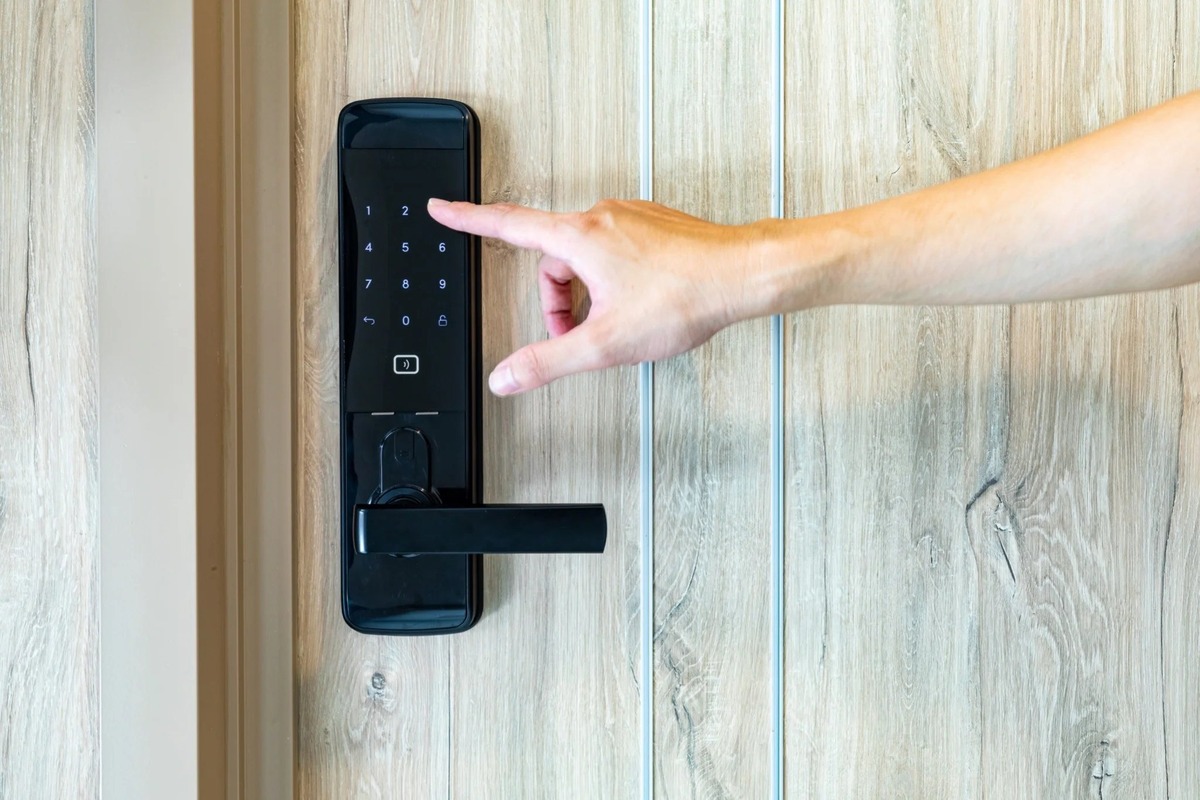


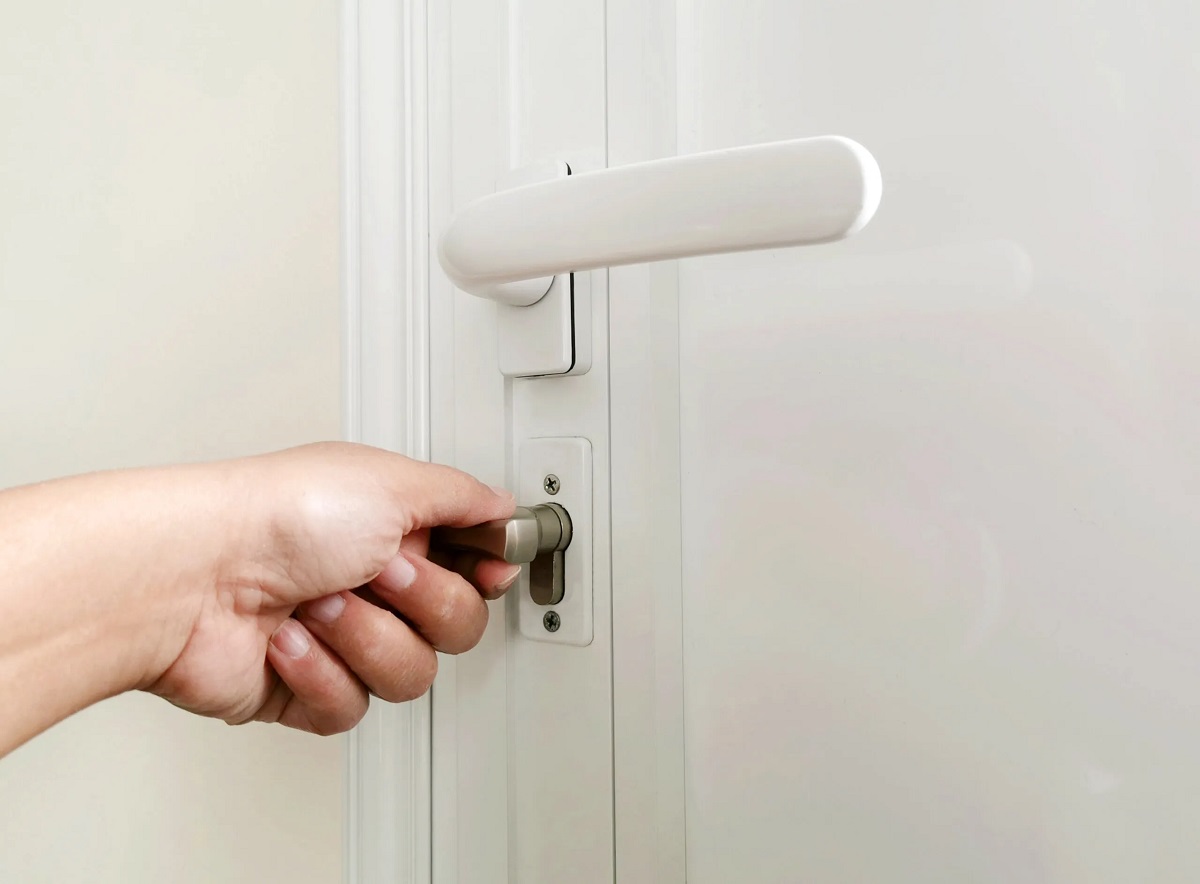

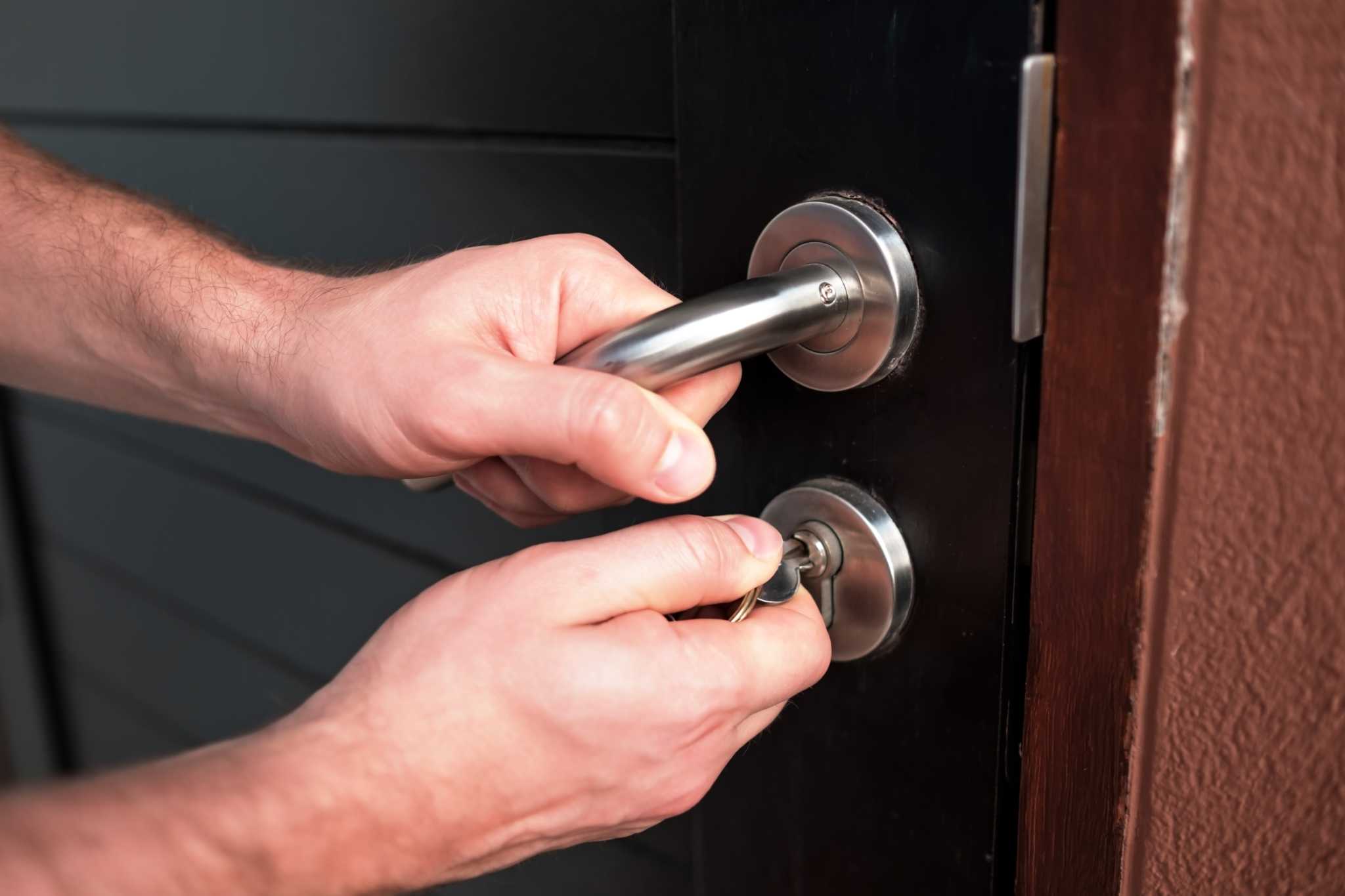
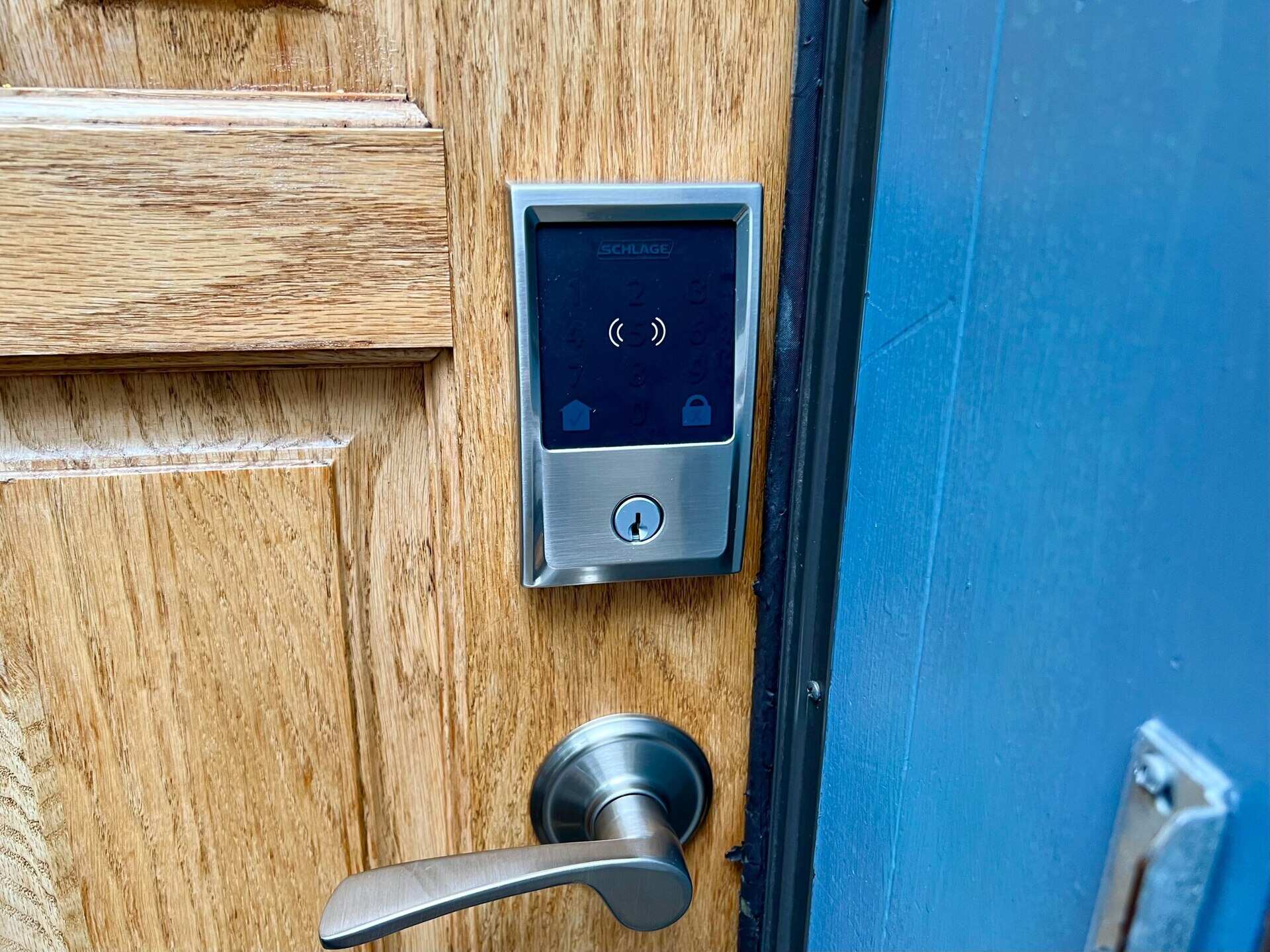
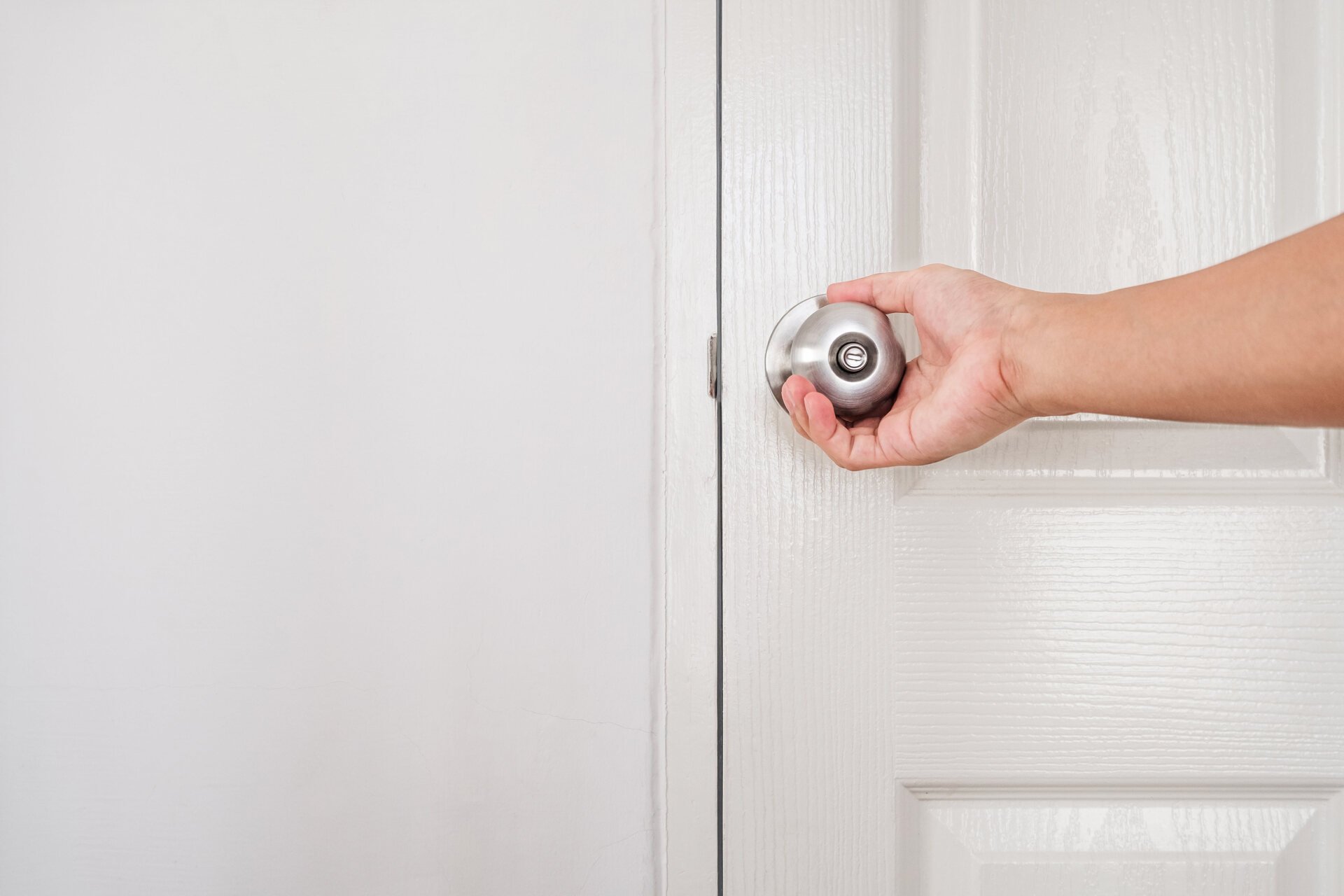
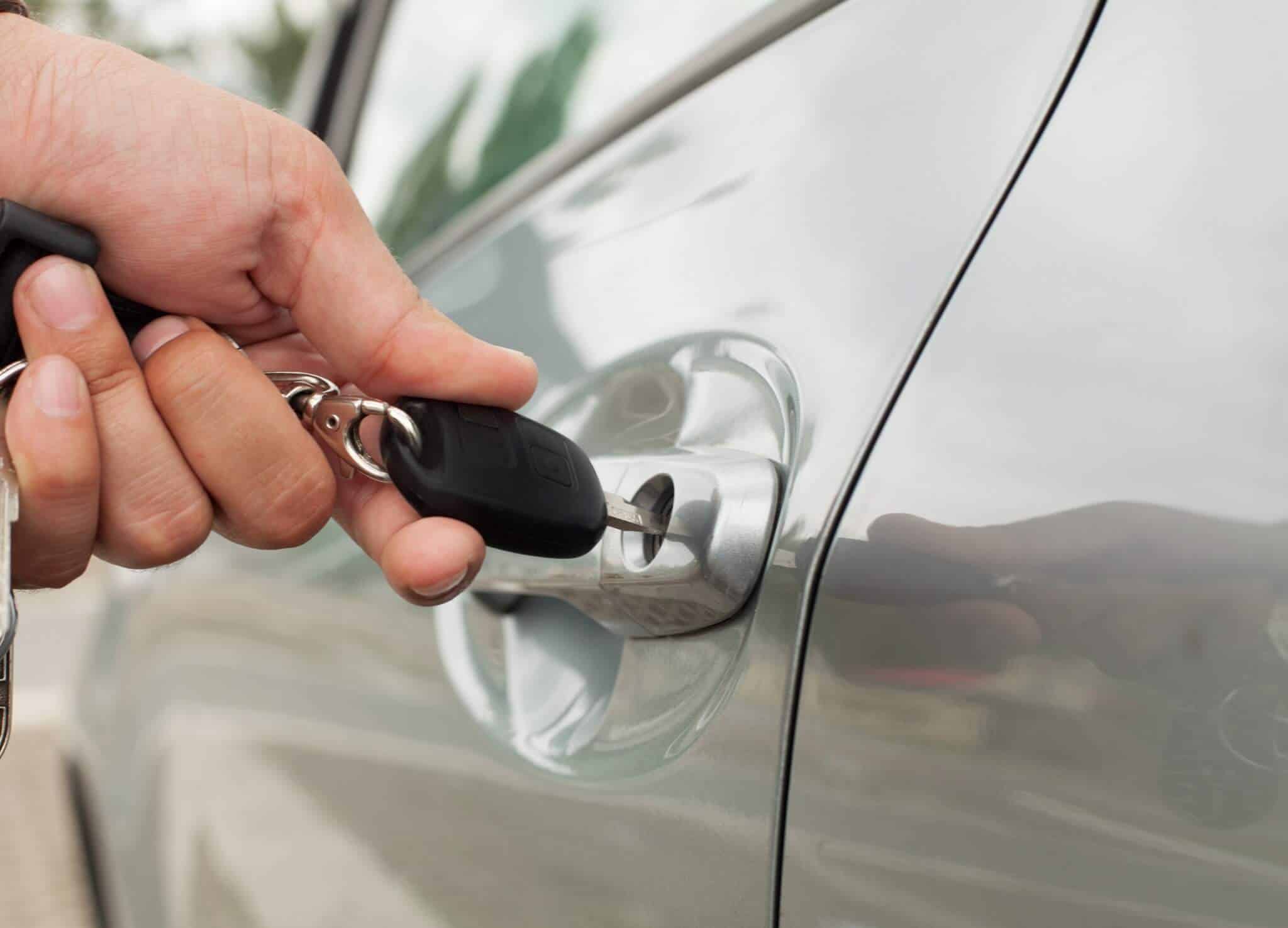

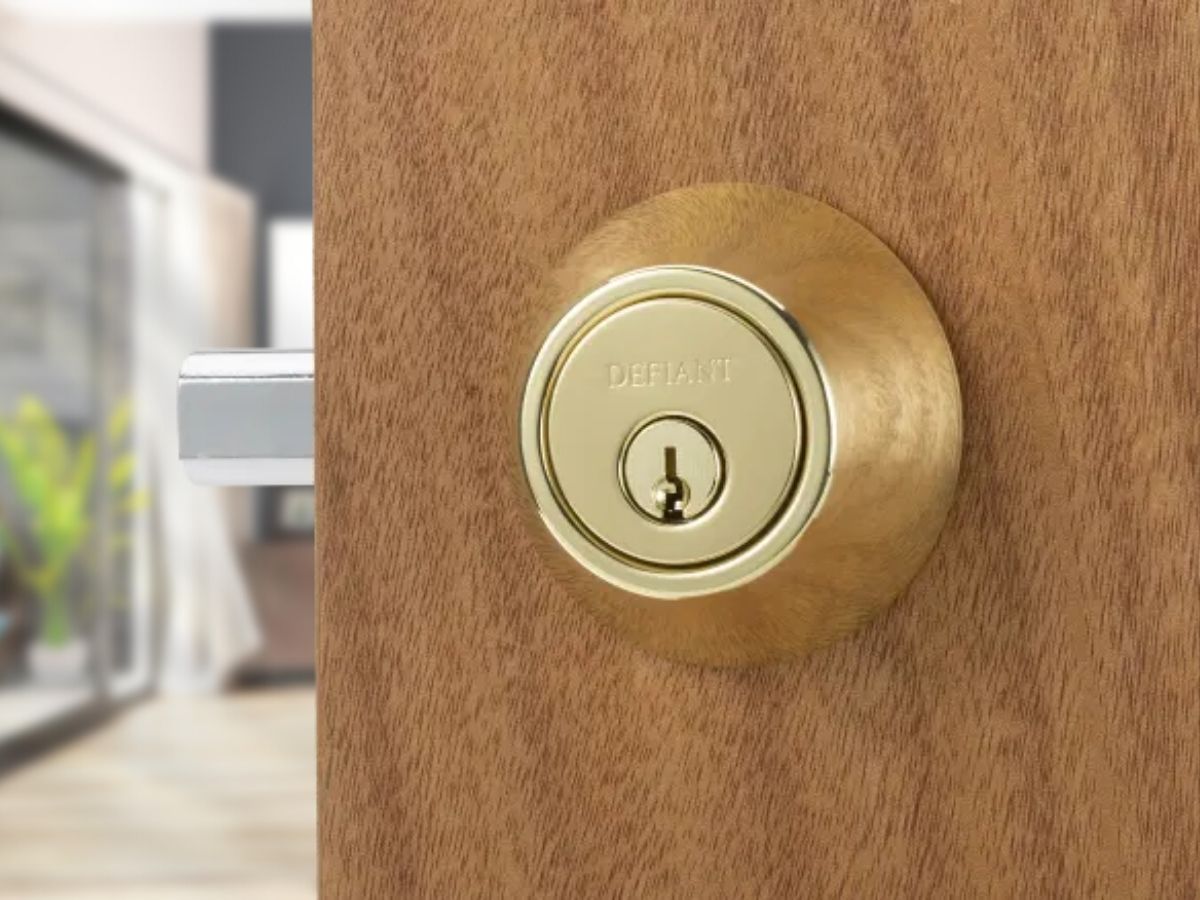
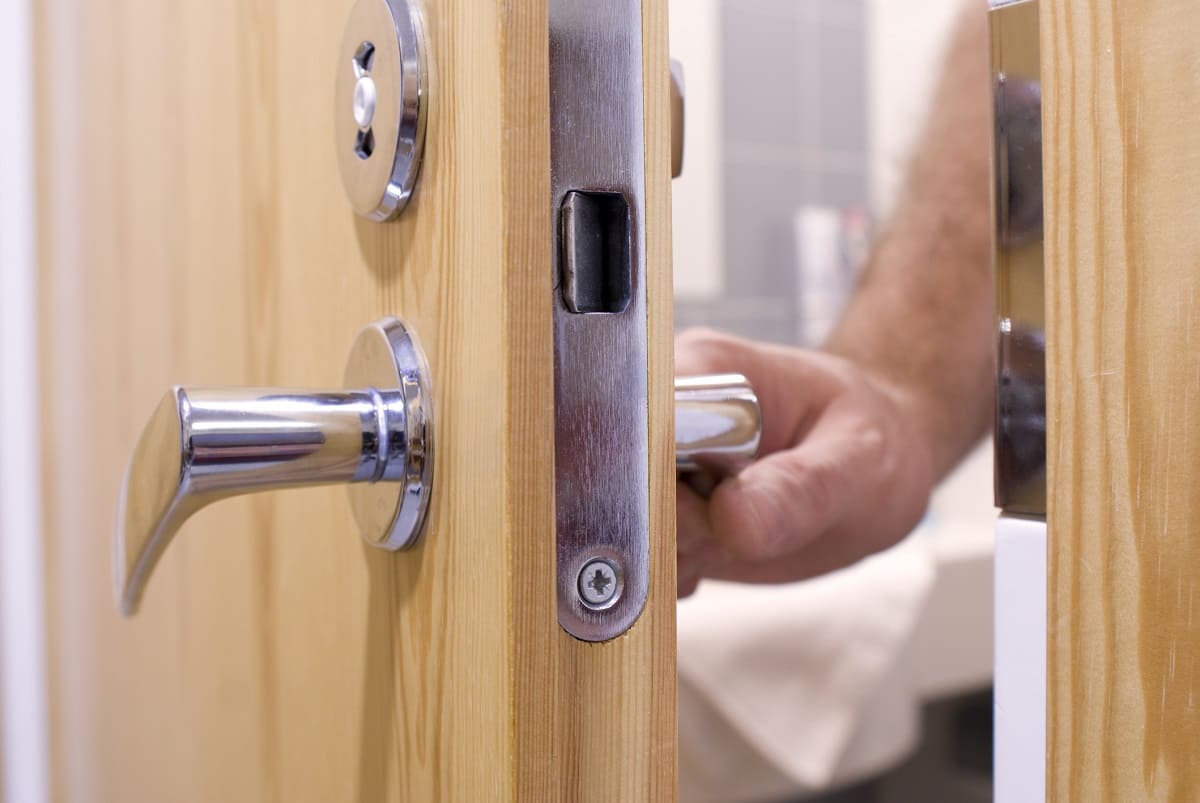
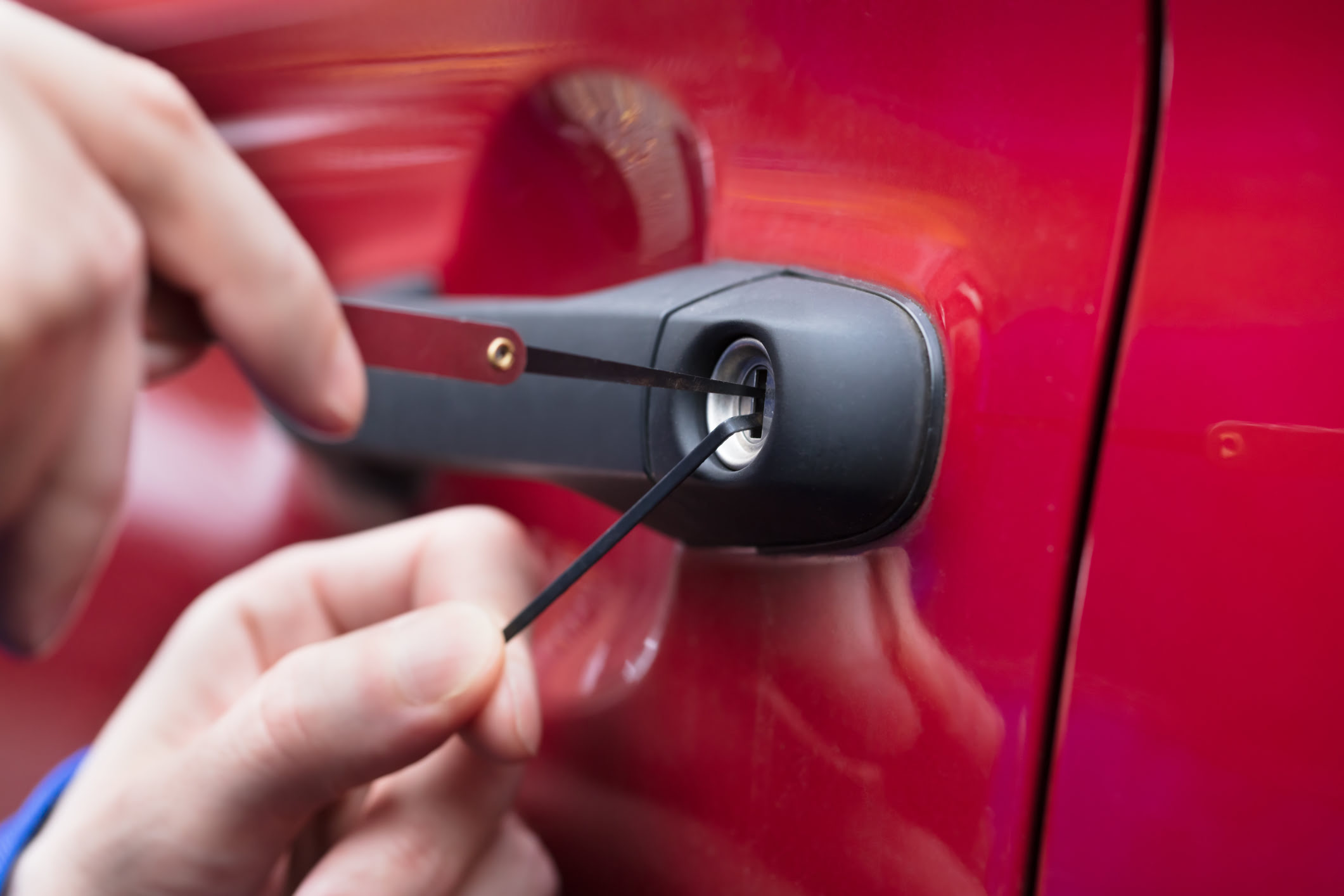

0 thoughts on “How To Unlock Frozen Car Door Lock”